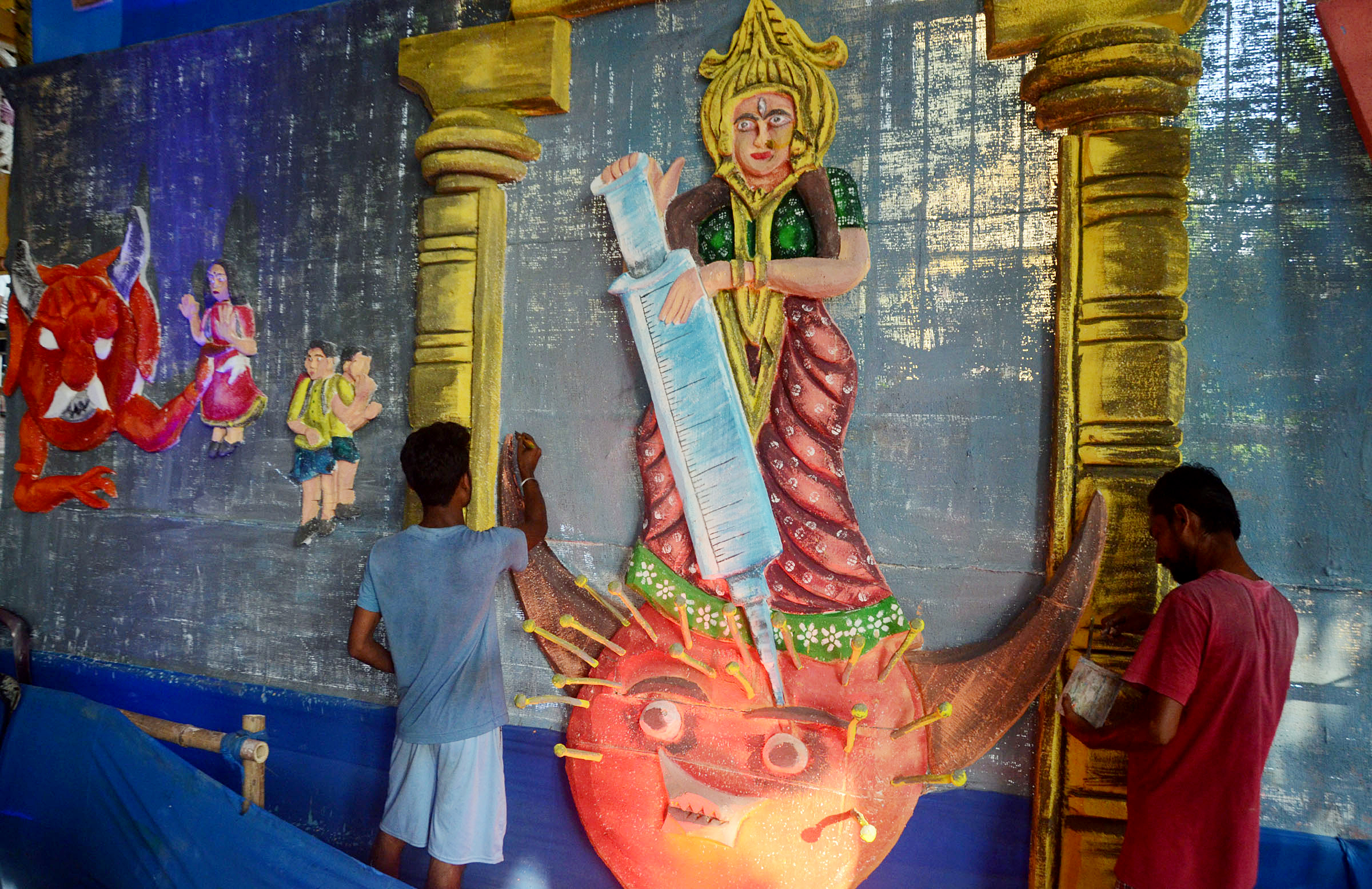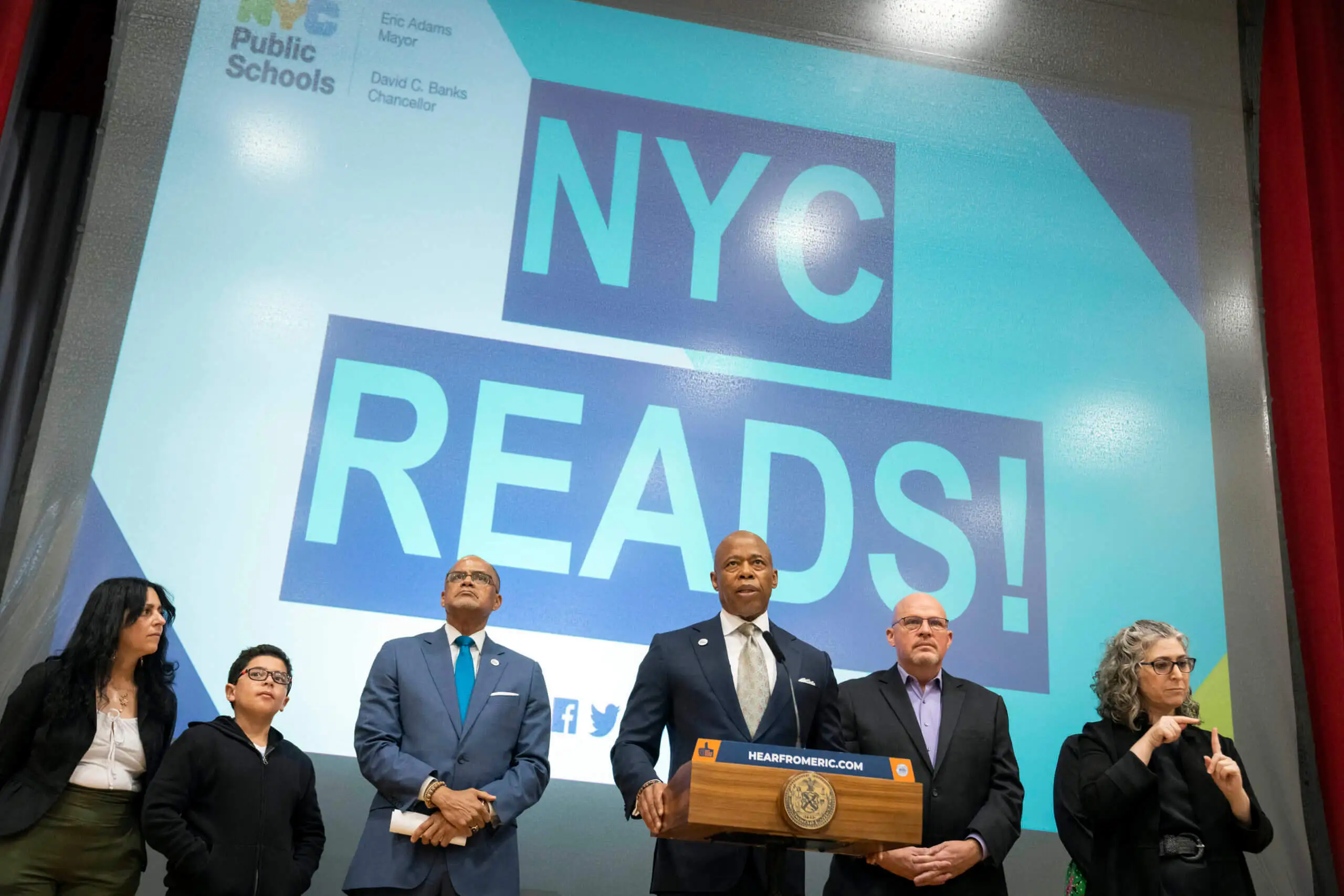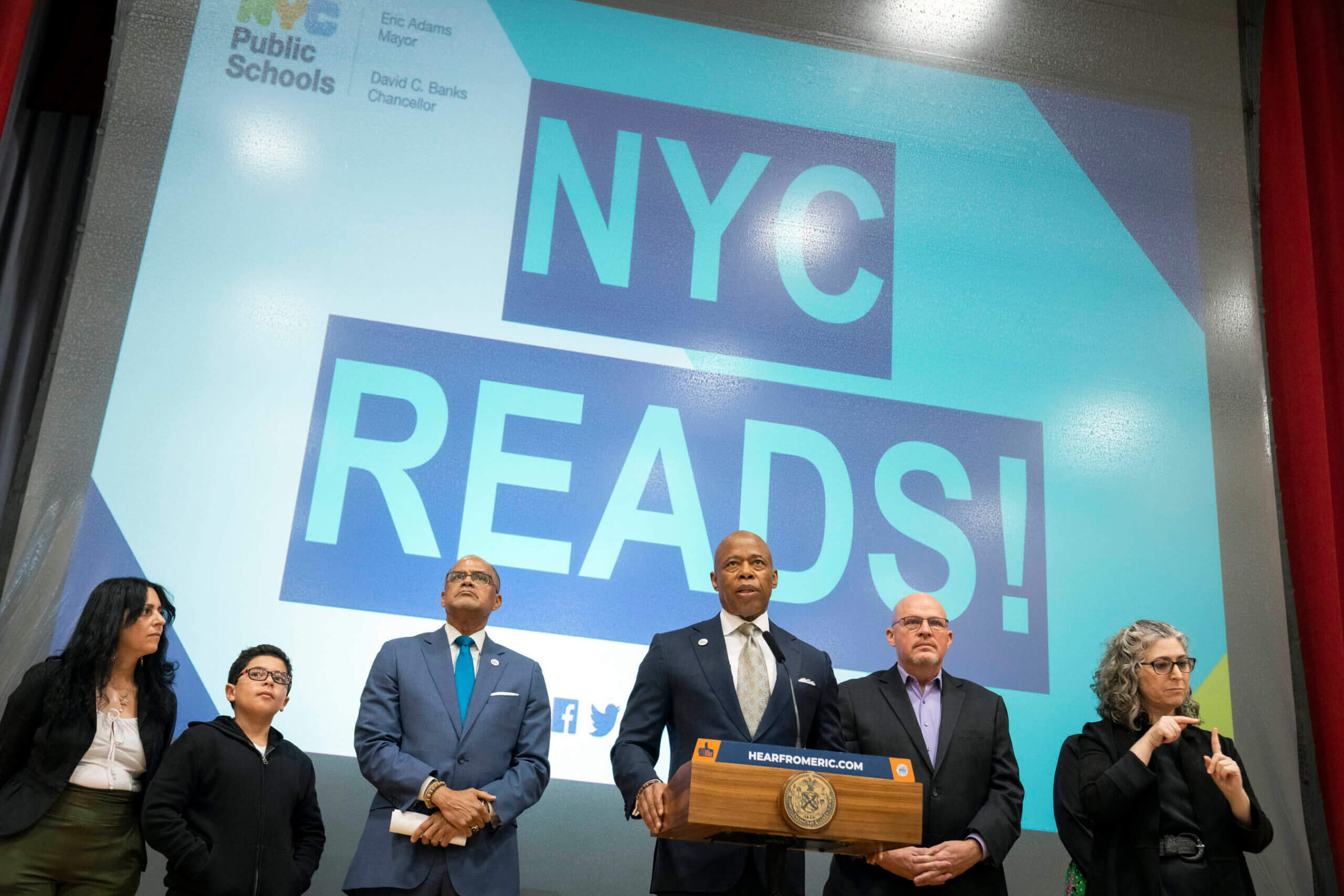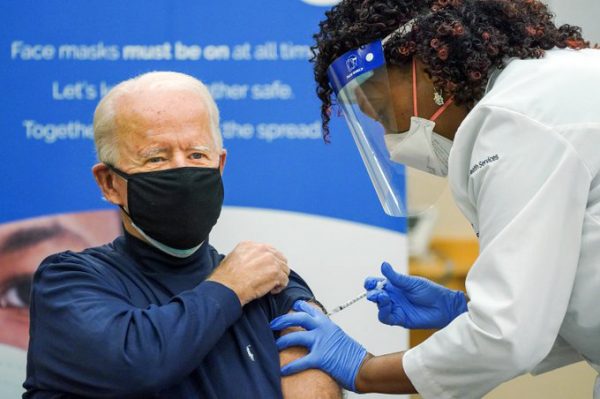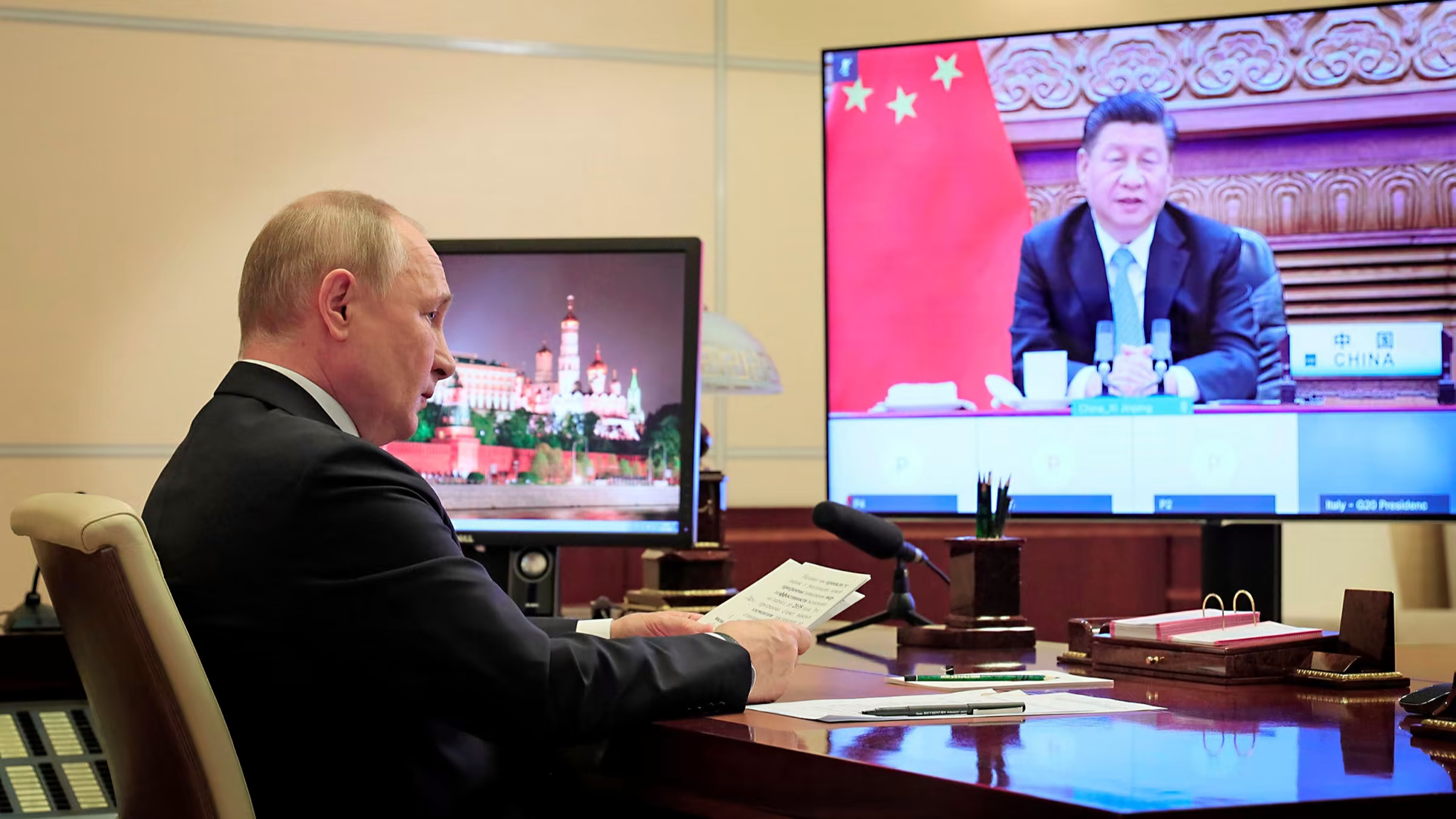Views and opinions from the top commentators in Indian media
While releasing prisoners in view of the Covid-19 pandemic, the high-powered committee mandated by the Supreme Court of India to decongest prisons did not invoke the health vulnerabilities of prisoners but recalled the crimes they were accused of committing. It is also common knowledge that the experience of incarceration in Indian prisons does not depend on the crime individuals are accused of committing, but on the social status and power of the prisoners.
Both these seemingly unconnected realities reflect one principle — that legal practices and discussions in the public sphere continue to privilege the principle of retribution as justice over rehabilitation. This lack of compassion may arise from the fact that a disproportionate number of prisoners in Indian prisons come from Muslim, Scheduled Caste and Scheduled Tribe communities. Because of the abject poverty and powerlessness of most of the accused from these groups, they have little access to quality legal representation or aid. They languish in prisons without bail for periods even longer than the punishment mandated by the law they are accused of violating. Many suffer continued incarceration even after securing bail, simply for the lack of surety or inability to pay cash bail.
— Ghazala Jamil, The Indian Express
Saving democracy
In democratic countries, the media are expected to flag issues of interest, seek answers, and form perspectives around them and orient people’s response to the functioning of public representatives. Barring several courageous individuals and a few honorable media organizations, the electronic and print media in India have clearly moved far away from this age-old media dharma. The symptoms of the abdication of their duty are too well-known for me to list them here. The causes of this condition that require our attention. Independent media require financial independence for media houses. The costs involved are so high that it is no longer possible in our time to even dream, let alone think, of a financially self-sufficient media. Gone are the times when the print media was ruled by the editorial and opinion desks. For more than half a century now, they are being run by media companies or business houses. At this juncture of a fierce war between social media platforms and the print industry, to keep a print media venture afloat is close to a financial miracle. If, on top of the acute financial uncertainty made worse by the worldwide pandemic, there is the fear of intimidation of media workers and the trolling of opinion writers, it is not surprising that the media like to fend for their own safety. Electronic media ventures are costlier and, for the same reasons, tend to plunge more willingly for their own safety.
— G.N. Devy, The Telegraph
Govt vs business
The hype around the Tatas riding in like a knight to save Air India seems both ironic and hypocritical. The same apoplectic reaction was evident when the income tax portal built by Infosys faced glitches earlier this year. A right-wing mouthpiece had again dubbed Infosys as “anti-national”, the worst insult for anyone trying to do business in India.
So, what defines a nationalist business in India today? The ability to toe the government line, pick up the pieces of companies that successive governments have ransacked over the years, or a staunch belief in the Swadeshi mantra to the exclusion of every other tenet of doing business? All of the above, probably.
There is little doubt that the relationship between the NDA government and India Inc has been fraught with challenges. On the one hand, this government has not been able to shake off the label of being in cohorts with ‘Big Business’, or, more specifically, being arm-in-arm with two big business houses from the Prime Minister’s home state. This has often led to Opposition charges of ‘suit boot ki sarkar’, and more recently, public ire against the corporatization of farming. Try as it might, the government has been unable to shake off the perception of being benign to these business houses.
–Sindhu Bhattacharya, The Quint
Vaccine boosters
The World Health Organization that had earlier called for a complete moratorium on Covid vaccine booster doses until 2021 end, has this week recommended them for immunocompromised people. This is because of emerging data about their higher risk of breakthrough infections after standard immunization. But the advisory also makes clear that it is intended for countries that have maximized two-dose coverage. With around 30% of adults double-vaccinated so far India has some way to go, even if second doses are really picking up pace now. What it must not delay is the immunological research that will enable making an informed decision about booster shots, for the new year.
The importance of local research bears underlining. Israel and the US for example don’t use the same definitions of severe disease, and this may explain why a large number of double-dosed Israelis have been found to be hospitalized with Covid-19 but very few Americans. So, borrowing the findings of either country could be inapt. With Covaxin of course, there are no international studies to rely on. Finally, all Indian serosurveys should disaggregate data by vaccination status from now on. In the UK the React study that tests 1 lakh blood swabs for Covid-19 antibodies every six weeks, has been able to place the varying protections enjoyed by the unvaccinated, partially vaccinated and fully vaccinated on a timeline, helping make the case for booster shots. Strong data builds strong policy. India must use the current disease lull to gird up research that will be a reliable guide at the right time.
— Editorial, The Times of India
Every week, we look at what the top commentators in the Indian media are talking about and bring to you a slice of their opinions and comments
















